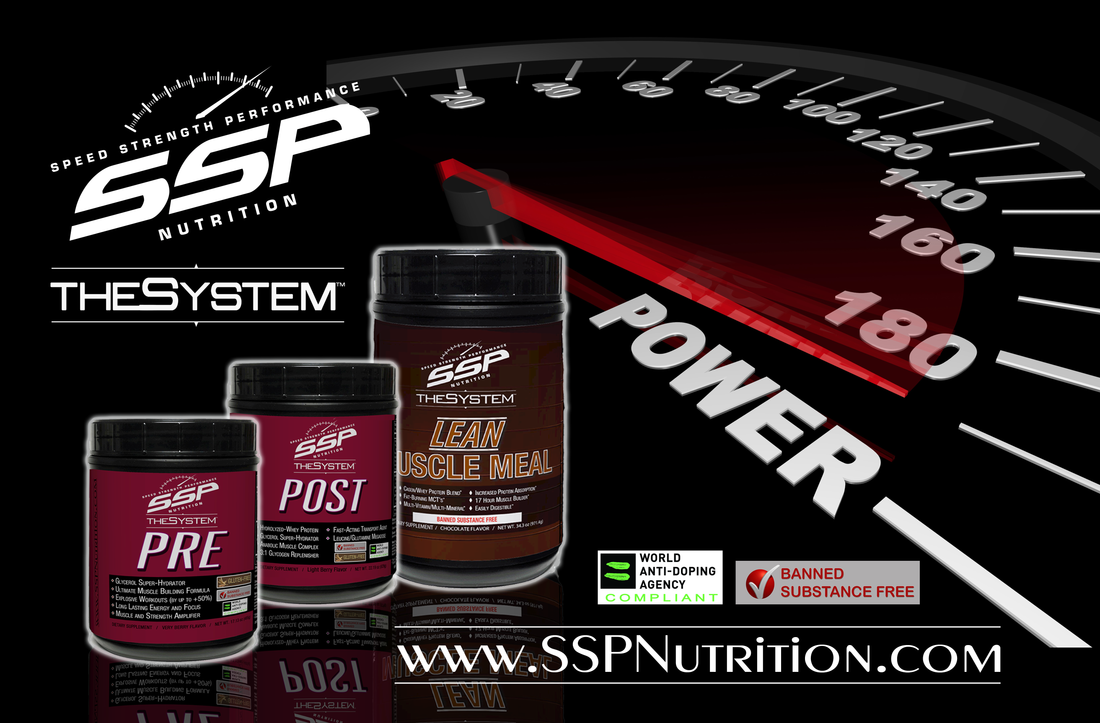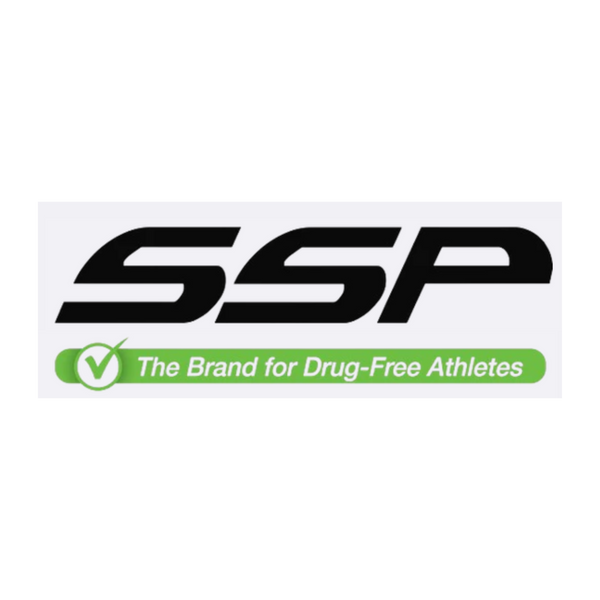
Sports nutrition ingredients reflect athletes’ goals to build muscle
Sports nutrition ingredients reflect athletes’ goals to build muscle, reduce catabolism and enhance recovery.
Original article: http://niemagazine.com/sport-stars/ written by: Nicholas Saraceno, Nutrition Industry Executive
“With 66 percent of Americans active at least three days a week for 45 minutes, large numbers participating in sports, and just under 20 million hardcore athletes, consumers of all ages and backgrounds are increasingly seeking out products that can help them maintain a healthy diet and an active lifestyle,”
Following the Summer Olympics in Rio, millions witnessed athletes competing in their respective sports, facing the best the globe had to offer. Some individuals triumphed, while others were defeated.
What tactics did these men and women use to successfully prepare for competition? Did they ingest certain vitamins and supplements? What nutrition trends are being followed?
When one participates in a physical activity, whether it is weight lifting or playing a sport professionally, the body is burning energy. Just like anything else, it requires fuel for recovery.
Today’s consumers are interested in energy, recovery and performance, so they can continue to train and stay in the game of their choice. Reducing recovery time from muscle ailments is critical to success in sport. Fitness does not entirely revolve around taking the correct supplements needed for recovery, but also heavily reliant upon a functional immune system. “When amateur or professional athletes engage in intensive exercise, they put their whole body under stress—from their muscles to their immune system,” said Hilde Raa. “They damage tissues at the micro level and use their energy stores as fuel. This is why athletes/exercisers feel sore and tired, and may succumb to an infectious illness during the hours following a workout or competition.”
Raa added, “A well-functioning immune system is crucial for athletic performance as well as for an active lifestyle, but exercise in itself has impact on the immune function. Research has shown that there is a correlation between exercise and respiratory tract symptoms (RTS) (König et al., 2000; Nieman, 2003). Apparently, physical inactivity increases susceptibility of RTS, while moderate training seems to have a protective effect (Schwellnus et al., 2010). Furthermore, several studies with athletes that engage in strenuous exercise, such as endurance sports, have shown that this group is particularly prone to upper respiratory tract infections (URTIs) (König et al., 2000; Moreira et al., 2009). This has been demonstrated in several different sports disciplines, for example running, swimming and cycling (Schwellnus et al., 2010) … As the sports nutrition category overlaps into mainstream, consumers are gaining a more holistic view of recovery, fueling their interest for safe and effective solutions to keep their immune system running strong.”
In a world where people are beginning to see and experience the ill effects of consuming foods high in sugar, a greater incentive to live a healthy lifestyle has formed. Most recently, those choosing to take on this new endeavor are not the societal subgroup that the public may expect.
According to Dr. John Deaton, vice president of science and technology at Georgia-based Deerland Enzymes, a contract manufacturer of enzyme-based dietary supplements, more “hobbyists”—those pursuing fitness more casually—are entering the fitness realm alongside one’s “extremists” that includes professional athletes and bodybuilders.
“With 66 percent of Americans active at least three days a week for 45 minutes, large numbers participating in sports, and just under 20 million hardcore athletes, consumers of all ages and backgrounds are increasingly seeking out products that can help them maintain a healthy diet and an active lifestyle,” said Deaton. “This trend isn’t isolated to the U.S.; consumers across the globe share an interest in improving their physical performance and endurance.”
Upon arriving at a fitness center, it is apparent that the goal of muscle growth is a normality, as many feel that it provides a boost to both physical appearance and overall performance. Today, the marketplace offers a plethora of options to cater to this venture, including pre- and post-workout proteins, from pea to whey.
“Protein is a necessary nutrient that helps build and maintain muscle mass, and for this reason remains the leader in sports nutrition ingredients. Whey, a high-quality protein naturally found in dairy, is one of the best sources of naturally occurring branched-chain amino acids (BCAAs),” said Denton. “Whey protein’s amino acid profile contains the highest percentage of essential amino acids, 25 percent of which are the BCAAs leucine, isoleucine and valine, the most important for muscle tissue repair. Accelerated repair of tissue damage is key, and the use of whey protein can drastically reduce the amount of injuries caused by extended periods of exercise and training.”
However, it is important to note that whey protein contains additional pros, besides those intended for weight training. As expanded upon by Denton, “It’s also a rich source of two other important amino acids, methionine and cysteine, which stimulate the natural production of glutathione, one of the body’s most powerful antioxidants and a major player in maintaining a strong immune system. This is beneficial particularly for an athlete, whose heavy training can have a negative effect on the immune system. From casual fitness enthusiasts to extreme athletes, more people are consuming whey protein supplements than ever before.”
“Currently, the RDA (recommended daily allowance) for protein in healthy adults is 0.8 g/kg body weight per day,” said Mike Smith, vice president of California-based Specialty Enzymes and Biotechnologies. “For a 150-pound person, that works out to just under 2 ounces of protein daily. The International Society of Sports Nutrition claims that may be okay for a sedentary individual, but the protein intake for healthy, exercising individuals is higher. Protein intake of 1.4–2.0 g/kg/day is recommended for physically active people. Using that example, an active 150-pound person can utilize 3.4 to 4.8 ounces of protein per day, which in turn should provide the best overall training result. That is, results that build muscle, reduce catabolism and enhance recovery.”
That is where digestive enzymes come into play. As Smith added, “athletes in general consume far more protein than their bodies can digest. The reason of course is a hedge on loss of muscle due to catabolism. To counter this, many athletes, especially bodybuilders and endurance athletes utilize enzymes, particularly protease enzymes to aid with digestion and utilization of protein.”
Being aware of how proteins are stored and digested is just as important of knowing which ones will properly benefit the body in the first place.
Another factor that will influence consumers’ choices and eating habits revolves around their life choices. Is the individual a meat eater? Is he or she vegetarian/vegan? Depending on one’s diet, this can open up the door for alternatives to whey, for instance.
